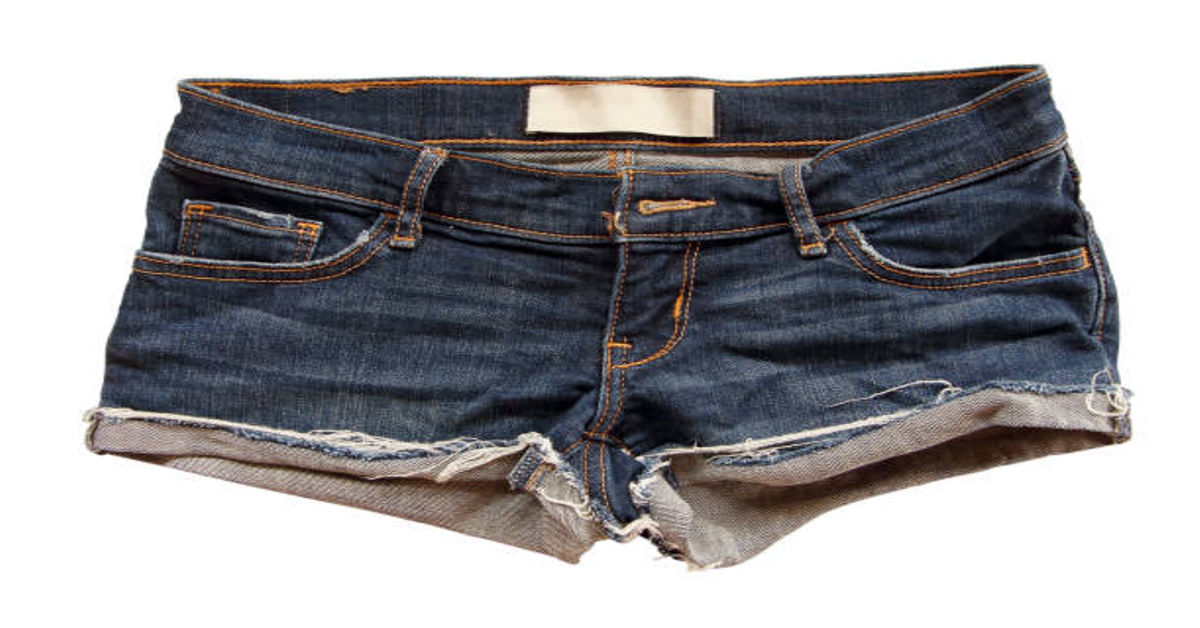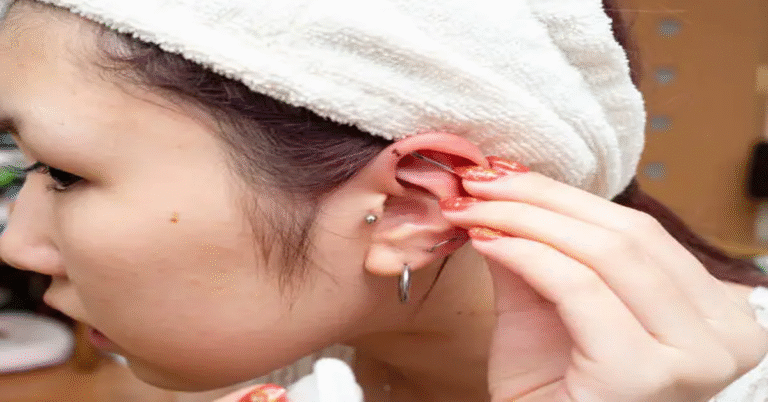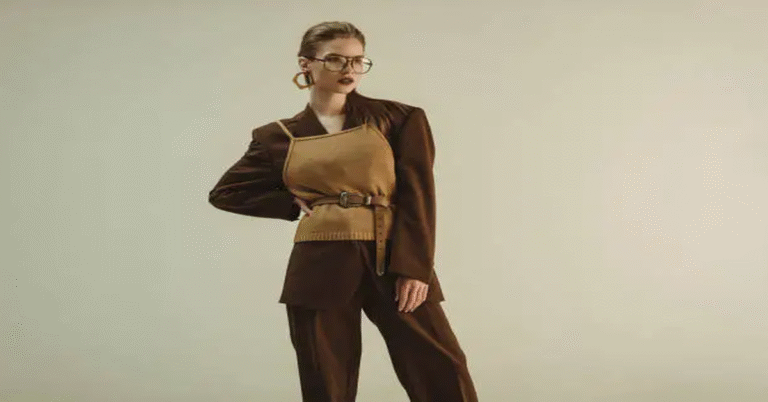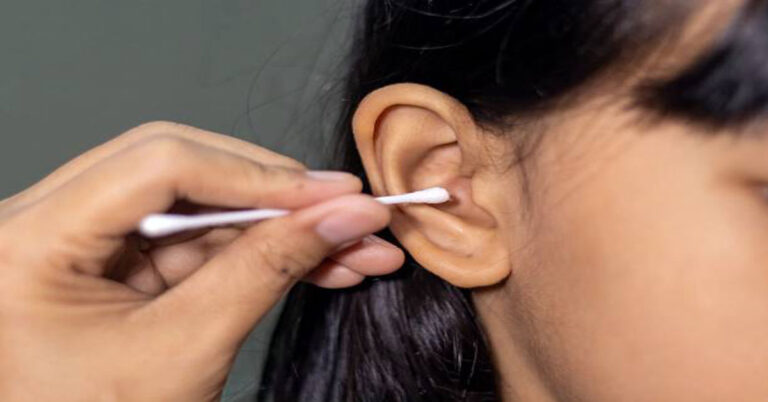
Jorts, a blend of the words jeans and shorts, have an iconic place in the fashion world, and the journey of this simple apparel item is far deeper, richer, and more culturally layered than many people realize. While they may appear casual, even humorous at times, jorts have evolved from being just cut-off jeans worn out of necessity to becoming a globally recognized fashion statement. The evolution of jorts reflects trends in practicality, comfort, identity, sustainability, gender expression, and even socioeconomic and generational shifts. For decades, jorts have cycled between mainstream trendiness and ironic fashion, always retaining relevance in one way or another. Today, they represent a blend of individuality and nostalgia, and their resurgence in both high fashion and streetwear proves that jorts are far from a passing fad. Whether worn for practicality, bold styling, or personal comfort, jorts continue to influence the broader fashion landscape in unexpected ways.
To understand why jorts remain culturally significant, we must explore their origins, transformations, design variations, uses, social symbolism, and modern reinterpretations. This comprehensive guide examines every aspect of jorts—from history to styling, from manufacturing to sustainability, from pop culture to global perception—offering a detailed and uniquely written overview that does not rely on external sources, but instead reflects an informed perspective on fashion evolution.
Origins and Early History of Jorts
The history of jorts begins with denim itself. Denim was originally created for durability, primarily for laborers in physically demanding environments. Because denim was thick, resistant to tearing, and long-lasting, it became the preferred material for work trousers. Over time, as jeans aged and the lower legs began to fray or tear from heavy use, people started cutting off the damaged portions to extend the life of their pants. This practical decision unintentionally created the earliest form of jorts.
By the mid-20th century, particularly during periods of economic restraint, reusing old jeans became a common practice. Many people could not afford to replace clothing frequently, so transforming worn-out jeans into shorts was economical and resourceful. This also aligned with early sustainability principles long before environmental consciousness became a global movement. What began as a practical adjustment gradually became a casual clothing choice, especially in warmer climates where the comfort and breathability of shorts were essential.
During the 1970s and 1980s, denim blossomed into a cultural phenomenon, tied to youth rebellion, freedom, and individual expression. People began intentionally cutting jeans to create shorts not only for practicality but also to express a carefree and rugged aesthetic. Musicians, skaters, and counterculture groups embraced jorts, helping solidify them as a symbol of laid-back authenticity. Jorts were no longer just recycled pants—they became a stylistic choice representing effortlessness and personal freedom.
The Evolution of Jorts Through Decades
As fashion evolved, so did the symbolic meaning and cultural placement of jorts. Every decade offered a unique reinterpretation:
1970s – The Emergence of Casual Denim Culture
Denim took on a rebellious tone, associated with rock music and freedom. Jorts during this time often featured frayed edges, distressed textures, and a worn-in appearance. They were an anti-establishment statement and a natural extension of counterculture wardrobe aesthetics.
1980s – Athletic Influence and Youth Culture
The 1980s saw jorts adopt a more athletic silhouette, especially with the rise of basketball and hip-hop culture. Longer and looser styles emerged alongside tight, high-waisted variants popular among women. Jorts became more widespread across mainstream youth fashion.
1990s – The Baggy Era and Grunge Movement
Baggy clothing dominated the ’90s, leading to oversized jorts that paired well with graphic tees, flannel shirts, and skate sneakers. Jorts became part of the skater uniform and were celebrated for comfort and freedom of movement.
2000s – The Casual Dad Stereotype
During the early 2000s, jorts experienced a controversial phase. They became heavily associated with “dad fashion,” especially light-wash or knee-length versions with bulky pockets. Although sometimes mocked, they continued to thrive due to practicality.
2010s – Fade, Irony, and Internet Culture
Through internet memes and nostalgic revivals, jorts returned with irony and humor. People intentionally wore jorts to embrace their unfiltered authenticity and comedic charm. Eventually, high-fashion designers revalorized denim shorts with creative cuts and embellishments.
2020s – Fashion Revival and Sustainability Era
Sustainability movements reignited interest in upcycled clothing. Jorts surged again within both streetwear and luxury fashion. Today, jorts are versatile, genderless, expressive, and environmentally responsible.
Types of Jorts: A Comprehensive Breakdown
Jorts vary significantly in length, cut, fit, fabric density, and stylistic elements. The table below summarizes common types:
| Jorts Type | Description | Best For |
|---|---|---|
| Classic Cut-Offs | Jeans manually cut above knee, frayed edges | Casual summer wear, vintage style |
| Knee-Length Jorts | Reach just above or below the knee | Outdoor activities, modest styling |
| Baggy Jorts | Loose, wide-leg design | Skate culture, streetwear |
| Slim-Fit Jorts | Form-fitting and tailored | Fashion-forward outfits |
| High-Waisted Jorts | Waist sits above natural waistline | Retro-inspired looks |
| Distressed Jorts | Rips, frays, and faded patches | Edgy street style |
| Carpenter/Utility Jorts | Extra pockets and loops | Practical work or hiking |
| Rolled-Hem Jorts | Clean folded edges | Casual yet polished styling |
| Stretch-Denim Jorts | Flexible materials blended with spandex | Comfort and movement |
Each type of jorts supports different expressions of personality, function, and comfort.
Fabric Characteristics and Construction
While denim may look simple, its construction dramatically affects how jorts feel and appear. Denim varies by weave, weight, dye, and stretch percentage. Understanding these elements helps explain why some jorts feel rigid, while others feel soft or flexible.
Key Denim Characteristics
- Weight: Lightweight denim (under 10 oz) is airy and perfect for warm climates; heavy denim (12–16 oz) holds structure better and matures with wear.
- Weave: Most jorts use twill weave, which creates diagonal ribbing.
- Dye: Indigo dye produces deep color that fades beautifully over time.
- Stretch: When combined with elastic fibers, denim allows improved mobility.
The way jeans are cut into shorts also plays a major role. Hand-cut jorts typically have raw edges that naturally fray; machine-cut shorts often have hems sewn to prevent fraying.
Why Jorts Remain Popular: Practical and Cultural Reasons
Jorts have endured for decades because they combine function, style, comfort, and versatility. Their broad appeal lies in the following qualities:
1. Durability
Denim is stronger than most fabrics. Jorts withstand long-term use, rough activity, and frequent washing. Their ability to age gracefully adds to their charm.
2. Comfort and Breathability
Unlike long jeans, jorts allow air circulation and flexibility. They keep denim lovers cool in warm seasons without sacrificing durability.
3. Affordability and Sustainability
Because jorts can be made from old jeans, they support recycling and reduce textile waste. They represent one of the earliest forms of upcycled fashion.
4. Universality Across Gender and Age
Jorts are genderless and adaptable to any age group. Children, teens, adults, and seniors can all wear jorts comfortably.
5. Compatibility with Every Style Category
Jorts blend easily with casual, athletic, bohemian, grunge, preppy, or high-fashion outfits. Their adaptability is unmatched.
Styling Jorts: Fashion Tips for Different Looks
Jorts offer endless styling possibilities. Below are detailed styling approaches for various fashion aesthetics:
Casual Everyday Style
Pair classic cut-offs with a simple cotton T-shirt, sneakers, and sunglasses for a relaxed, effortless look suitable for errands or weekend outings.
Bohemian or Artistic Look
Combine distressed jorts with patterned tops, loose kimonos, layered jewelry, and sandals for a free-spirited vibe.
Sporty or Athletic Style
Baggy knee-length jorts work well with athletic tank tops, jerseys, or cropped hoodies. This style is particularly popular in skate and streetwear culture.
Polished Summer Look
Rolled-hem jorts with a linen shirt or lightweight blazer create a clean yet relaxed outfit. Neutral colors elevate the look further.
High-Fashion Streetwear Style
High-waisted or uniquely cut designer jorts pair perfectly with oversized jackets, platform shoes, and statement accessories.
Jorts in Pop Culture
The presence of jorts in pop culture has shaped their identity. Television, music videos, celebrities, and internet culture all contribute to the jort’s evolving reputation. From humorous memes depicting “dad jorts” to edgy runway reinterpretations by designers, jorts consistently maintain visibility. Skaters and musicians helped normalize large, baggy jorts in the ’90s, while Y2K nostalgia revived them in recent years. TikTok trends and retro-themed festivals further solidified jorts as essential summer attire.
Sustainability and Environmental Impact
One of the strongest modern motivations behind jort popularity is sustainability. Transforming old jeans into shorts reduces textile waste, conserves water (denim production is water intensive), and extends garment lifespan. This practice supports circular fashion, which prioritizes reuse over disposal. Homemade jorts also encourage personal creativity and reduce reliance on fast fashion.
Eco-Friendly Benefits of Jorts
- Lower carbon footprint compared to purchasing new clothing
- Reduced textile waste and landfill contributions
- Encourages mindful consumption
- Supports upcycling, customization, and long-term wardrobe use
The sustainability movement has made jorts more appealing than ever.
Jorts vs Other Types of Shorts
The following table compares jorts with other common shorts styles:
| Aspect | Jorts | Cargo Shorts | Cotton Shorts | Athletic Shorts |
|---|---|---|---|---|
| Durability | Very high | High | Moderate | Moderate |
| Breathability | Moderate | Moderate | High | High |
| Style Variability | Very high | Moderate | High | Low |
| Cost | Low–Moderate | Moderate | Low–Moderate | Low–High |
| Fashion Versatility | Excellent | Limited | Good | Limited |
| Sustainability | High | Low | Moderate | Low |
This comparison shows why jorts remain a preferred choice among many consumers seeking durability and style.
How to Make Your Own Jorts
Creating homemade jorts is both simple and rewarding. Here are the basic steps:
- Choose old or thrifted jeans with a comfortable fit.
- Mark your desired length, considering how much fraying you prefer.
- Cut the legs using sharp fabric scissors for clean lines.
- Customize edges by leaving them raw, sewing a hem, or rolling them.
- Add personal touches such as patches, distressing, paint, or embroidery.
Custom jorts allow expression through creativity and sustainable fashion practices.
Future of Jorts in Fashion
As fashion continues embracing individuality, comfort, and sustainability, jorts are positioned to remain relevant. The future likely includes:
- More experimental silhouettes
- Increased use of recycled denim
- Greater gender-neutral options
- Integration with smart textiles
- Renewed presence in high-fashion collections
Jorts represent timeless functionality fused with trending aesthetics, ensuring they remain a staple for decades.
FAQs
1. What exactly are jorts?
Jorts are denim shorts created either from manufactured designs or by cutting jeans into a shorter length, combining durability with warm-weather comfort.
2. Are jorts considered fashionable today?
Yes. Jorts have made a significant comeback and are celebrated in streetwear, casual styles, and even high-fashion, often emphasizing sustainability and individuality.
3. Can jorts be worn formally?
While jorts are casual by nature, tailored or polished versions can be styled in upscale casual outfits, especially for summer social events.
4. Are homemade jorts better than store-bought ones?
Homemade jorts support recycling and customization, while store-bought versions offer tailored fits and professional finishes. Both have unique advantages.
5. What tops pair best with jorts?
Jorts are versatile and pair well with T-shirts, tank tops, crop tops, linen shirts, hoodies, and even lightweight blazers depending on the style goal.







